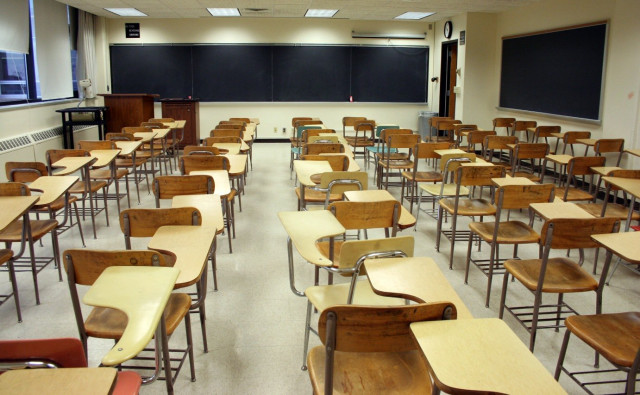
At the end of our FSc, a number of my classmates in the morning shift did very well in their board exams. Most were admitted to engineering universities or medical colleges. By comparison, not one from the evening shift did well enough to get admission to any medical or engineering school around the country. Our year was not unique — the morning shift boys consistently outperformed their evening shift peers by a long shot. If the curriculum and the teachers were the same, then how could this happen?
Most of us can come to a clear conclusion pretty easily. The morning shift boys, by and large, had an edge, to begin with. Their previous results indicated they were already better prepared. The evening shift boys had struggled before, and as the material got harder, the gap increased despite the curriculum being identical. The morning shift boys were also taught by teachers who had more energy in the morning — the evening shift was taught by the same teachers who were exhausted by the afternoon and couldn’t wait to go home in the evening. Finally, there was a general sense that the evening shift boys were not very good, and hence they were mostly “a gone case”. It was not unusual for the evening shift classes to be cancelled, or for the teachers to skip material or do a half-hearted job. The evening shift boys were, therefore, getting the dual assault of prior challenges and poor teaching. Their inability to compete had nothing to do with the curriculum. They needed more support to be competitive.
These days we are in the midst of yet another effort to create a uniform curriculum across the country. Perhaps the idea comes from a good place, but it hardly solves the problem the government aims to solve. The supposed claim by the Federal Minister and his counterpart in Punjab is that a uniform curriculum would decrease the barriers that exist between various social sectors, and create equal opportunities. The problem with this is that the barriers we see have more to do with the classroom environment and teaching ability than the curriculum. A uniform national curriculum will not solve the problem of our teachers lacking preparation or the motivation to do better, or the schools lacking basic resources. It will not solve the problem of our students who are generally ill-prepared for the material they are exposed to in the classroom.
What is needed is not populist rhetoric about curriculum — but serious financial commitment to recruit, train and retain our teachers, and to invest in creating better school infrastructure that is conducive to learning. What is needed is not a bombastic claim about how bad the A- and O-Level are, but investing in ways to elevate the quality of our struggling schools. If the country has two systems, and one is consistently outperforming the other, the solution should not be to get rid of the better ones, but instead, improve the one doing poorly. Ruling by decree will not turn our education system around. It will probably make it much worse.
Published in The Express Tribune, October 8th, 2019.
Like Opinion & Editorial on Facebook, follow @ETOpEd on Twitter to receive all updates on all our daily pieces.















COMMENTS
Comments are moderated and generally will be posted if they are on-topic and not abusive.
For more information, please see our Comments FAQ